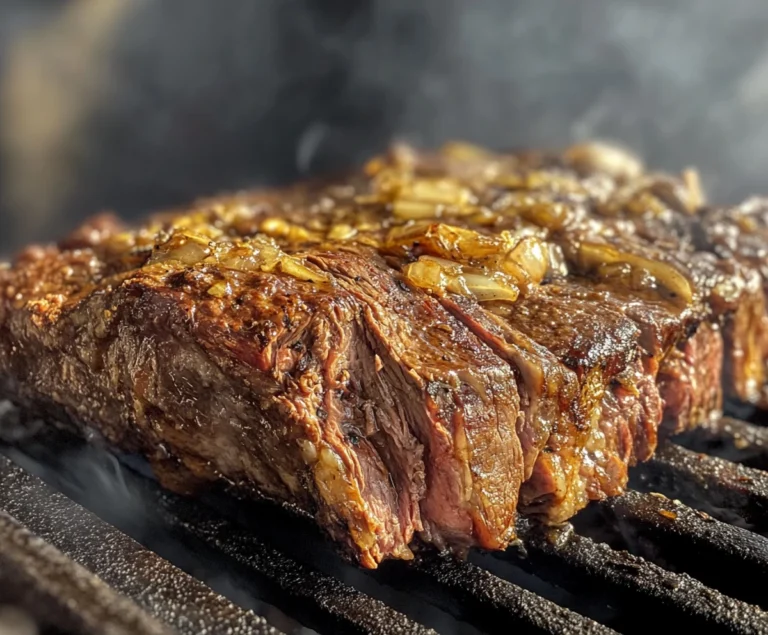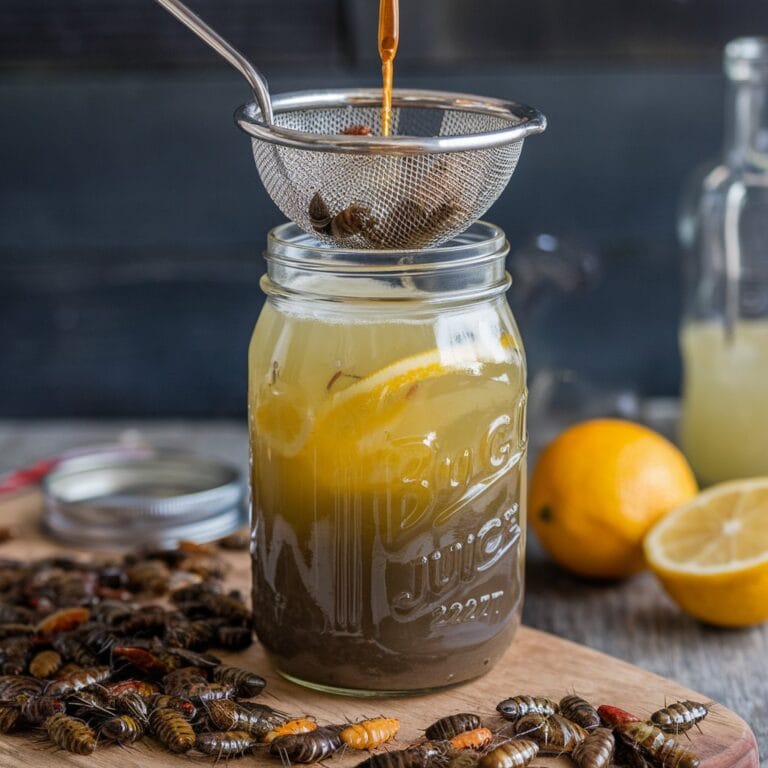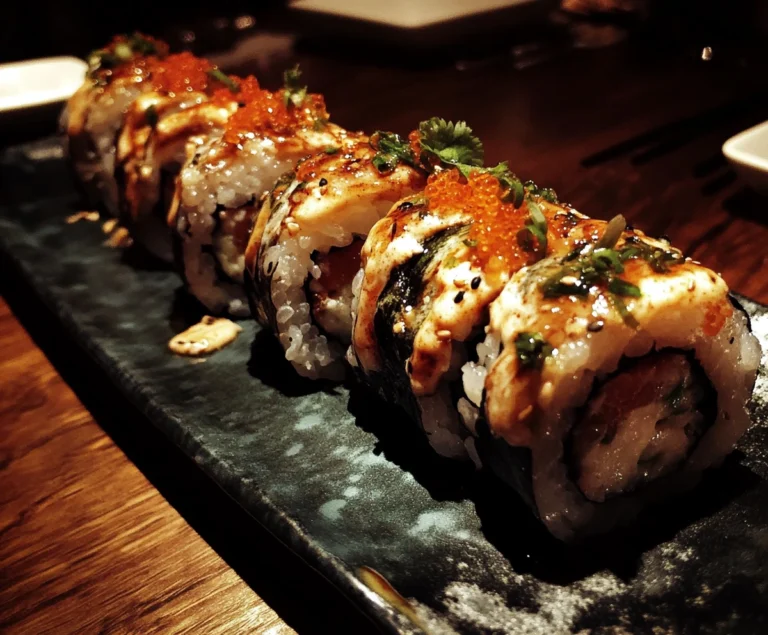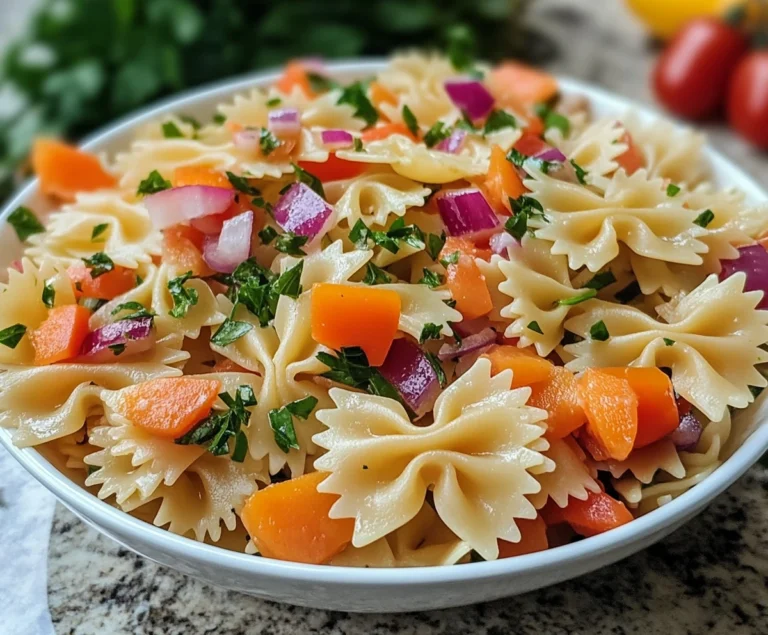Is the Dragon Roll Good? An In-Depth Exploration of Its Taste
The Dragon Roll is often the star of the sushi menu, not only for its stunning presentation but also for its intricate blend of flavors and textures. This sushi roll, which blends traditional Japanese ingredients with Western culinary flair, has captured the hearts and palates of sushi lovers worldwide. But what makes the Dragon Roll so special, and is it truly worth ordering?
In this in-depth article, we will explore the history of the Dragon Roll, its key ingredients, variations, nutritional value, and the overall dining experience. Additionally, we’ll dive into preparation tips, compare it with other popular sushi rolls, and discuss how this sushi roll fits into various dietary needs.
By the end of this guide, you’ll not only know whether the Dragon Roll is worth ordering but also feel inspired to try making it yourself or experimenting with its many variations.
Table of Contents
- The History and Origins of the Dragon Roll
- Key Ingredients of the Dragon Roll
- The Taste Experience: Sweet, Savory, and Umami
- Texture Contrast: Crunchy, Soft, and Chewy
- Nutritional Value of the Dragon Roll
- How the Dragon Roll Fits into Modern Diets
- Vegan and Vegetarian Variations
- Gluten-Free Options
- How to Make a Dragon Roll at Home
- Step-by-Step Recipe
- Tips for Perfecting the Dragon Roll
- Common Mistakes to Avoid
- Dragon Roll Variations and Creative Twists
- Green Dragon Roll
- Spicy Dragon Roll
- Black Dragon Roll
- Comparing the Dragon Roll with Other Sushi Rolls
- California Roll
- Crunchy Roll
- Caterpillar Roll
- Cultural Significance of the Dragon Roll in the West
- Frequently Asked Questions (FAQs)
- Is the Dragon Roll Good? Final Verdict
1. The History and Origins of the Dragon Roll
Is a relatively new addition to the world of sushi, but its impact has been significant. Its origins trace back to sushi’s transformation when Japanese cuisine made its way to the West, particularly to the United States, in the 1960s and 70s. As sushi became more popular outside of Japan, sushi chefs began experimenting with non-traditional ingredients and eye-catching presentations to appeal to Western tastes. is one such fusion creation.
Sushi’s Evolution in the West
In Japan, sushi is traditionally a minimalist dish, with simple yet refined flavors that focus on the quality of the ingredients. The traditional rolls, or maki, are often wrapped in nori (seaweed) and filled with a single type of fish or vegetable. In contrast, Western sushi has embraced larger, more elaborate rolls filled with multiple ingredients, topped with sauces, and often fried or tempura-battered for added texture.
Fits perfectly into this Western reinterpretation of sushi. Its name is derived from its presentation—slices of avocado are placed on top of the roll, mimicking the scales of a dragon. The tail, often represented by shrimp tempura, adds a dynamic visual element, making the roll a standout on any sushi platter.
The Dragon Roll’s Key Ingredients
The standard includes a combination of shrimp tempura, avocado, cucumber, and unagi (eel), all of which are wrapped in sushi rice and nori. The roll is then topped with thin slices of avocado and drizzled with eel sauce to enhance the overall flavor. This creative fusion of traditional Japanese ingredients and modern Western influences has made one of the most popular sushi rolls in the world.
Why the Name “Dragon Roll”?
The name is not merely a marketing ploy. The avocado slices arranged on top of the roll resemble dragon scales, and the roll’s elongated shape further adds to the dragon-like aesthetic. In some variations, the roll is topped with additional garnishes like tobiko (flying fish roe) or spicy mayonnaise to enhance both the visual appeal and flavor. is a true feast for both the eyes and the palate.
2. Key Ingredients of the Dragon Roll
To understand why is so beloved, we need to examine its ingredients in detail. Each component of the roll plays a crucial role in creating a balanced and satisfying dish.
Shrimp Tempura
One of the defining features of the Dragon Roll is the inclusion of shrimp tempura. The shrimp is coated in a light tempura batter and deep-fried until crispy, adding a crunch that contrasts with the soft textures of the other ingredients. The tempura shrimp also provides a mild, savory flavor that pairs perfectly with the other elements of the roll.
Avocado
Avocado is another essential component of the Dragon Roll. Its creamy texture and subtle flavor help balance the crispy shrimp tempura. Avocado is rich in healthy fats, particularly omega-3 fatty acids, which are beneficial for heart health. The addition of avocado also enhances the visual appeal of the roll, as its bright green color stands out against the white rice and brown eel sauce.
Unagi (Eel)
Unagi, or grilled freshwater eel, is a key ingredient in many traditional and modern sushi rolls. In the Dragon Roll, unagi adds a rich, smoky flavor that complements the sweetness of the eel sauce. Unagi is typically cooked and glazed with a sweet, soy-based sauce before being added to the roll. This cooking process gives the eel a tender texture and deep flavor.
Cucumber
Cucumber adds a refreshing crunch to the roll and helps lighten the overall texture. Its cool, crisp flavor balances the richness of the shrimp tempura and unagi, making the roll feel less heavy. The cucumber’s subtle flavor also allows the other ingredients to shine.
Eel Sauce
The final component that ties everything together is the eel sauce, a sweet and savory glaze made from soy sauce, sugar, and mirin (a type of rice wine). This sauce is drizzled over the top of the roll, adding a glossy finish and an extra layer of flavor. The sweetness of the eel sauce complements the savory elements of the roll, creating a well-balanced taste experience.
3. The Taste Experience: Sweet, Savory, and Umami
One of the reasons people love the Dragon Roll is its complex and satisfying flavor profile. It’s a perfect blend of sweet, savory, and umami, the three primary tastes that make a dish deeply enjoyable.
- Sweetness: The eel sauce adds a hint of sweetness that balances the savory notes of the shrimp tempura and unagi. The sauce also has a caramelized flavor that enhances the richness of the unagi.
- Savory: Both the shrimp tempura and unagi contribute savory flavors. The tempura’s crispy coating, combined with the richness of the eel, makes each bite hearty and satisfying.
- Umami: Umami, often described as the “fifth taste,” is a savory flavor found in ingredients like soy sauce, unagi, and tempura. The unagi in particular provides a deep umami flavor that lingers on the palate.
Each bite of the Dragon Roll offers a perfect balance of these flavors, making it a highly satisfying dish that appeals to a wide range of tastes.
4. Texture Contrast: Crunchy, Soft, and Chewy
Doesn’t just deliver on flavor—it’s also a textural masterpiece. One of the most satisfying aspects of eating sushi is the contrast between textures, and the Dragon Roll excels in this area.
- Crunchy: The shrimp tempura provides a satisfying crunch that contrasts with the softness of the rice and avocado.
- Soft: The avocado and cucumber offer a creamy and cool texture, which balances the crispiness of the tempura. The sushi rice adds a tender, slightly sticky texture that holds everything together.
- Chewy: The unagi has a tender yet slightly chewy texture, adding another layer of complexity to each bite.
This variety in texture makes every bite exciting, as you get to experience a range of sensations with each mouthful. The balance between crunchy, soft, and chewy elements is what makes the Dragon Roll stand out among other sushi rolls.
5. Nutritional Value of the Dragon Roll
Sushi is often seen as a healthy option compared to other types of cuisine, and the Dragon Roll is no exception. However, like many sushi rolls, its nutritional content can vary depending on the size of the roll and the ingredients used.
Calories
A typical contains approximately 400 to 500 calories per roll. The calorie content primarily comes from the shrimp tempura, avocado, and eel sauce. While it’s not the lightest sushi roll on the menu, it’s still a reasonable choice for a balanced meal.
Protein
The shrimp and unagi provide a good amount of protein, making a filling and satisfying meal. Protein is essential for building and repairing tissues, and it helps keep you full for longer periods.
Healthy Fats
The avocado is a source of healthy fats, particularly omega-3 fatty acids, which are known for their heart-healthy benefits. Avocado also provides fiber, which aids in digestion.
Carbohydrates
The sushi rice in the roll provides carbohydrates, which are the body’s primary source of energy. While white rice isn’t as nutrient-dense as brown rice, it still contributes to a balanced meal when paired with the protein and healthy fats from the other ingredients.
Vitamins and Minerals
Also contains several vitamins and minerals. Avocado is rich in vitamins C, E, and K, as well as potassium. The shrimp and unagi provide essential nutrients like vitamin B12 and iron.
While the Dragon Roll is not a low-calorie option, it can be a healthy part of a balanced diet, especially when paired with lighter dishes like salads or sashimi.
6. How the Dragon Roll Fits into Modern Diets
In recent years, dietary preferences and restrictions have become more common, with many people opting for vegan, vegetarian, gluten-free, or low-carb diets. Fortunately, can be adapted to fit various dietary needs without compromising its flavor or texture.
Vegan and Vegetarian Variations
For those following a vegan or vegetarian diet, can be easily modified by replacing the shrimp tempura and unagi with plant-based alternatives. Many sushi restaurants now offer vegetable tempura, which can be used in place of shrimp. You can also substitute the unagi with grilled tofu or mushrooms, both of which provide a similar umami flavor.
Some popular vegan variations include:
- Vegetable Dragon Roll: Made with tempura-fried vegetables like sweet potato or zucchini, this roll retains the crunch and flavor of the original while being completely plant-based.
- Avocado Dragon Roll: For a lighter option, some restaurants offer a version of made entirely with avocado, cucumber, and other fresh vegetables.
Gluten-Free Options
For those who are gluten-sensitive or have celiac disease, many sushi ingredients contain hidden sources of gluten. The eel sauce, for example, often contains gluten due to the soy sauce used in its preparation. However, gluten-free versions of soy sauce and eel sauce are widely available, making it easy to modify for a gluten-free diet.
When ordering a gluten-free , be sure to ask for:
- Gluten-free soy sauce
- Gluten-free eel sauce
- No tempura (as tempura batter usually contains wheat flour)
Alternatively, some restaurants offer gluten-free tempura made with rice flour or other gluten-free flours.
Low-Carb and Keto-Friendly Adaptations
If you’re following a low-carb or keto diet, traditional sushi rolls can be a challenge due to the rice content. However, many sushi restaurants now offer low-carb or keto-friendly versions of popular rolls, including the Dragon Roll.
To make a low-carb version of the Dragon Roll:
- Request the roll to be made without rice (sometimes referred to as a “naked” roll).
- Replace the rice with cucumber slices or zucchini strips.
- Use grilled chicken or avocado as a substitute for tempura shrimp.
These adaptations allow you to enjoy the flavors and textures of the Dragon Roll without the added carbohydrates from the rice.
7. How to Make a Dragon Roll at Home
Making sushi at home can seem intimidating, but with the right ingredients and a little practice, you can recreate your favorite in your own kitchen. Below is a step-by-step guide to making a from scratch, along with tips for ensuring success.
Ingredients:
- 2 cups sushi rice (prepared and seasoned with rice vinegar)
- 4 sheets of nori (seaweed)
- 2 large shrimp tempura
- 1 small cucumber, julienned
- 1 ripe avocado, thinly sliced
- 4 ounces unagi (grilled eel)
- Eel sauce (store-bought or homemade)
- Soy sauce (for serving)
Instructions:
- Prepare the Sushi Rice: Cook 2 cups of sushi rice according to the package instructions. Once the rice is cooked, season it with rice vinegar and let it cool to room temperature.
- Prepare the Shrimp Tempura: Coat the shrimp in tempura batter and deep fry until golden brown. Set the shrimp aside on a paper towel to drain excess oil.
- Assemble the Roll:
- Place a sheet of nori, shiny side down, on a bamboo sushi mat.
- Spread a thin layer of sushi rice over the nori, leaving a 1-inch border at the top.
- Lay the shrimp tempura and cucumber strips across the center of the rice.
- Roll the sushi tightly using the bamboo mat, making sure to keep the ingredients centered.
- Top with Avocado and Unagi:
- After rolling, carefully place thin slices of avocado across the top of the roll, pressing them gently into the rice.
- Lay pieces of grilled unagi on top of the avocado slices.
- Add the Finishing Touches:
- Drizzle eel sauce over the top of the roll for added sweetness and flavor.
- Use a sharp knife to slice the roll into bite-sized pieces.
- Serve: Serve your Dragon Roll with soy sauce and pickled ginger on the side.
Tips for Perfecting the Dragon Roll
- Use a Sharp Knife: A sharp knife is essential for cutting through the sushi roll cleanly without squashing the ingredients.
- Keep Your Hands Wet: Sushi rice is sticky, so keep a small bowl of water nearby to wet your hands while handling the rice. This will prevent the rice from sticking to your fingers.
- Practice Rolling: Rolling sushi can be tricky at first, but with practice, you’ll get the hang of it. Be sure to apply gentle, even pressure when rolling to keep the ingredients from spilling out.
Common Mistakes to Avoid
- Overfilling the Roll: It’s tempting to load up your sushi roll with lots of fillings, but overstuffing can make the roll difficult to seal and cut. Stick to a moderate amount of ingredients.
- Using Too Much Rice: If you use too much rice, the roll will be too thick and hard to roll properly. A thin layer of rice is all you need.
- Not Sealing the Roll: Make sure to leave a border at the top of the nori sheet without rice. This will help the roll seal properly.
8. Dragon Roll Variations and Creative Twists
While the classic is delicious as-is, there are many creative variations that put a unique spin on this popular sushi roll. Whether you prefer your sushi spicy, crunchy, or packed with extra toppings, there’s a variation for you.
Green Dragon Roll
The Green is a lighter, more vegetable-focused variation of the original . Instead of shrimp tempura, this roll is often filled with cucumber, asparagus, and tempura-fried sweet potato. The roll is then topped with avocado slices, giving it a bright green appearance, hence the name.
This variation is perfect for those looking for a vegetarian option or a lighter alternative to the traditional Dragon Roll.
Spicy Dragon Roll
For those who like a bit of heat, the Spicy Dragon Roll is a must-try. This version typically includes spicy mayo or sriracha inside the roll, along with the traditional shrimp tempura and unagi. Some versions also include spicy tuna or jalapeños for an extra kick.
The roll is then topped with more spicy mayo or spicy eel sauce, creating a bold, fiery flavor that spicy food lovers will adore.
Black Dragon Roll
The Black Dragon Roll is a more luxurious version of the classic roll. In addition to shrimp tempura and unagi, this roll often includes tempura-fried soft-shell crab for added crunch and flavor. The roll is topped with black tobiko (flying fish roe), which gives it a striking black appearance and adds a subtle briny flavor.
This roll is perfect for those looking to indulge in a more decadent sushi experience.
9. Comparing the Dragon Roll with Other Sushi Rolls
While the Dragon Roll is a popular choice, it’s just one of many sushi rolls that combine unique ingredients and flavors. How does it compare to other well-known rolls?
California Roll
The California Roll is perhaps the most famous sushi roll in the Western world. Unlike , it doesn’t contain seafood like shrimp tempura or unagi. Instead, the California Roll is made with imitation crab, avocado, and cucumber, making it a lighter option. The flavors are more subtle, with a focus on freshness rather than the sweet and savory richness found in the Dragon Roll.
Crunchy Roll
The Crunchy Roll is similar to the Dragon Roll in that it features tempura shrimp as its main ingredient. However, the Crunchy Roll is typically topped with tempura flakes, giving it an extra-crispy texture. While both rolls offer a satisfying crunch, the Crunchy Roll focuses more on texture than the balance of flavors you get with the Dragon Roll.
Caterpillar Roll
The Caterpillar Roll gets its name from the way avocado slices are arranged on top of the roll, resembling a caterpillar. This roll often includes unagi and cucumber inside, making it somewhat similar to the Dragon Roll. However, it lacks the shrimp tempura, so the texture is softer overall. The Caterpillar Roll is a great option for those who enjoy the flavor of unagi without the added crunch of tempura.
10. Cultural Significance of the Dragon Roll in the West
The Dragon Roll is more than just a tasty sushi dish—it represents the fusion of Japanese cuisine with Western culinary trends. As sushi became more popular in the West, chefs began experimenting with new ingredients and techniques to appeal to local tastes. Rolls like the Dragon Roll, with their bold flavors and eye-catching presentations, helped make sushi a mainstream dining option in countries like the United States, Canada, and the United Kingdom.
The Dragon Roll also reflects a broader trend in global cuisine, where traditional dishes are adapted and reimagined to suit different cultural contexts. While purists may argue that rolls like the Dragon Roll deviate too far from authentic Japanese sushi, these fusion creations have helped introduce a new audience to the world of sushi.
11. Frequently Asked Questions (FAQs)
What is a Dragon Roll Made Of?
A Dragon Roll typically includes shrimp tempura, avocado, cucumber, and unagi (grilled eel). The roll is topped with thin slices of avocado, and eel sauce is drizzled on top for added flavor.
Is the Dragon Roll Healthy?
While the Dragon Roll is not the lowest-calorie sushi roll, it can be part of a healthy diet. It provides a good balance of protein, healthy fats, and carbohydrates, along with essential vitamins and minerals.
Can the Dragon Roll Be Made Gluten-Free?
Yes, the Dragon Roll can be made gluten-free by using gluten-free soy sauce and eel sauce. Additionally, be sure to ask for the tempura shrimp to be replaced with a gluten-free alternative, as traditional tempura batter contains wheat flour.
How Many Calories Are in a Dragon Roll?
A typical Dragon Roll contains between 400 and 500 calories, depending on the ingredients and portion size. The calorie content mainly comes from the shrimp tempura and eel sauce.
12. Is the Dragon Roll Good? Final Verdict
After diving deep into the origins, ingredients, and taste experience of the Dragon Roll, it’s clear that this sushi roll offers a unique and satisfying dining experience. Its combination of sweet, savory, and umami flavors, paired with the contrast between crunchy, soft, and chewy textures, makes it a standout choice for sushi lovers.
The versatility of the Dragon Roll also contributes to its appeal. Whether you prefer the classic version or a creative twist like the Spicy Dragon Roll or Green Dragon Roll, there’s something for everyone to enjoy. Plus, the roll can be adapted to fit various dietary preferences, from vegan and gluten-free options to low-carb variations.
In conclusion, the Dragon Roll is more than just a visually stunning dish—it’s a flavorful and satisfying sushi roll that deserves a spot on your next sushi platter. Whether you’re a seasoned sushi connoisseur or a newcomer to the world of sushi, the Dragon Roll is a must-try for anyone looking to experience the best of fusion sushi.







